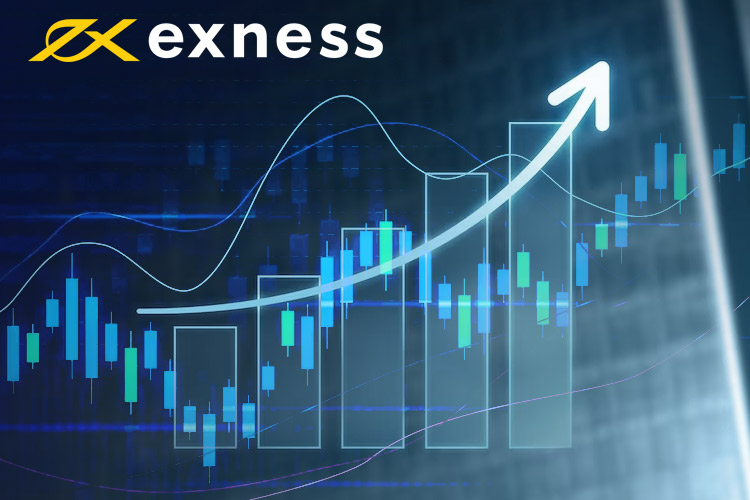
Understanding the Impact of Exness Leverage Change on Trading Strategies
The world of forex trading is dynamic, with various factors influencing trader decisions and market outcomes. One of the critical aspects that can significantly affect trading strategies is leverage. Exness, a well-known broker, has recently undergone changes in its leverage offerings. This article will delve into the implications of the Exness leverage change and how traders can adjust their strategies to navigate this new landscape. For more detailed analysis and resources, you can visit exness leverage change Exness форекс и CFD.
What is Leverage in Forex Trading?
Leverage in forex trading allows traders to control a larger position size than their actual capital would permit. It is essentially a loan extended by the broker to the trader, amplifying potential profits and, more importantly, potential losses. For instance, a leverage of 1:100 means that for every $1 a trader has in their account, they can control $100 in the market.
Recent Changes to Exness Leverage
Exness recently announced changes to its leverage structure, impacting traders worldwide. The decision was influenced by various factors, including regulatory requirements, risk management strategies, and market volatility. The new leverage ratios may differ significantly from the previous offerings, potentially reducing the maximum leverage available for traders. Understanding these changes is essential for all existing and prospective traders using the platform.
Reasons Behind the Leverage Change
The alteration in leverage by Exness can be attributed to several key reasons:
- Regulatory Compliance: Brokers often adjust their leverage levels to comply with local and international regulatory standards. Authorities aim to protect retail traders from the high-risk nature of leveraged trading.
- Market Volatility: In times of significant market volatility, brokers may reduce leverage to mitigate the risk associated with rapid price changes. This is to maintain stability in trading conditions for all clients.
- Risk Management: For brokers, adjusting leverage is part of broader risk management. By limiting how much leverage traders can use, brokers can help ensure that their clients do not overextend themselves and suffer severe losses.
Effects of Leverage Change on Trading Strategies
The Exness leverage change has practical implications for traders. Here are some ways it can affect trading strategies:
1. Risk Management Adjustments
With reduced leverage, traders may need to reassess their risk management strategies. This could involve adjusting position sizes, setting stricter stop-loss levels, or rebalancing their portfolios to mitigate the risks associated with increased capital requirement to maintain similar exposure.
2. Trading Style Reevaluation

Traders who typically engage in scalping or high-frequency trading may find the new leverage constraints restrictive. They may need to adapt by considering longer-term trading strategies that require less leverage while still offering potential profitability.
3. Increased Margin Requirements
As leverage decreases, margin requirements increase. Traders will need to have more capital in their accounts to maintain their positions. This could prompt them to change their trading volumes, opt for less risky assets, or diversify into different financial instruments.
How to Adapt to the New Leverage Environment
To successfully navigate the new leverage environment imposed by Exness, traders can adopt the following strategies:
1. Comprehensive Risk Assessment
Assess overall risk exposure in the portfolio, considering the new margin requirements. A thorough risk assessment can help traders identify potential pitfalls and make informed decisions that align with their trading goals.
2. Education and Training
Investing time in education can prove beneficial. Traders should familiarize themselves with adjusting their trading strategies to the new leverage landscape. This may involve attending webinars, reading articles, or even seeking mentorship from more experienced traders.
3. Utilizing Stop-Loss Orders
With increased risk due to the potential for large swings in the market, employing stop-loss orders becomes essential. These orders can help protect a trader’s capital and limit losses in volatile market conditions.
Final Thoughts
The Exness leverage change is a significant development in the forex trading landscape. While it may pose challenges for some traders, it also offers an opportunity to reevaluate and refine trading strategies. By understanding the implications of this change and adapting accordingly, traders can continue to thrive in a changing market environment. It’s vital to stay informed and make strategic decisions that are in tune with the new dynamics of leverage in trading.
As always, thorough research and prudent risk management should be the cornerstone of any trading approach. Embrace the changes as a pathway to learning and evolving in the world of forex trading.